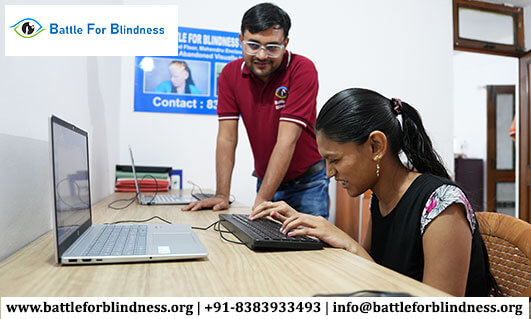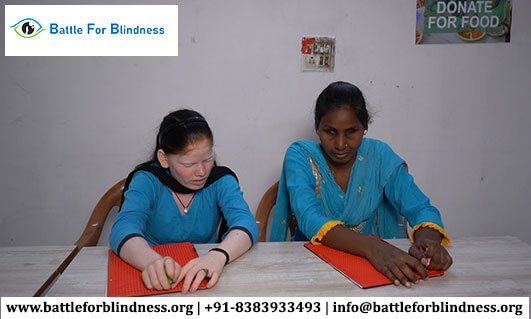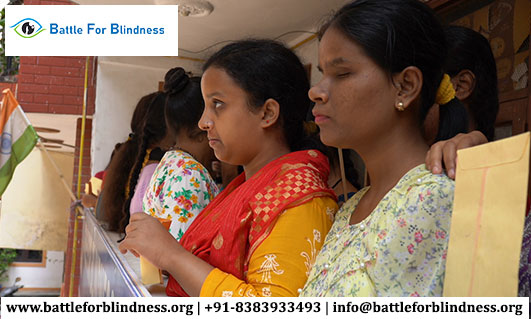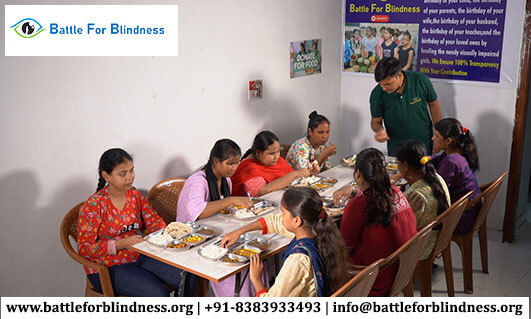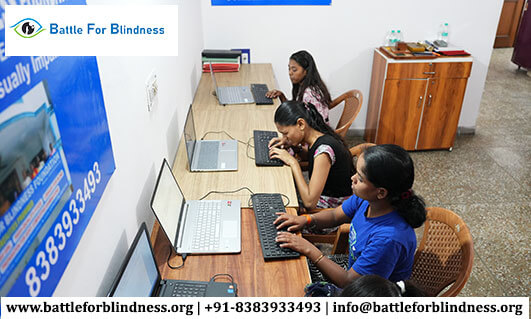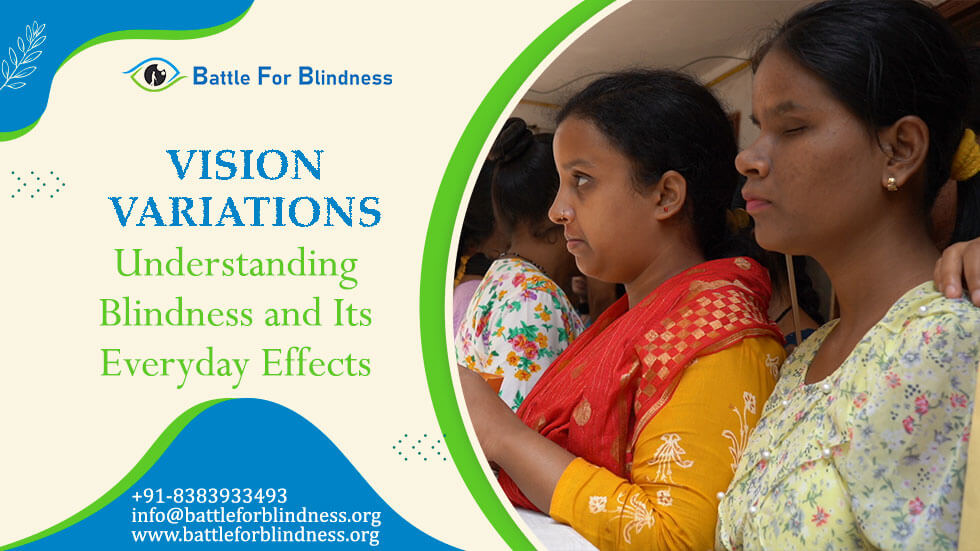
Vision is one of the most essential senses, enabling us to interact with the world, navigate our surroundings, and engage with people. However, for millions of individuals worldwide, visual impairment, including partial and total blindness, affects their daily lives in profound ways. Understanding the variations of vision loss and how it impacts everyday activities is crucial in fostering empathy, awareness, and support for the visually impaired community.
What Is Blindness?
Blindness, by definition, refers to a significant loss of vision that cannot be corrected with glasses, contact lenses, or medical procedures. It encompasses a range of conditions, from total blindness, where an individual cannot perceive any light, to partial blindness, where individuals may have limited vision or blurry sight. These conditions are typically caused by factors such as genetic disorders, eye injuries, degenerative diseases, or conditions like glaucoma, diabetic retinopathy, and macular degeneration.
Types of Vision Impairment
-
Total Blindness
Total blindness is the complete absence of vision. People who are completely blind cannot see anything, including light, and rely on other senses such as touch, hearing, and smell to navigate their surroundings. Although technology like Braille, screen readers, and assistive devices plays a critical role, individuals with total blindness often rely heavily on tactile and auditory feedback. -
Partial Blindness
Individuals with partial blindness still have some remaining vision, but it may be blurry, limited, or impaired in specific areas, such as peripheral vision or central focus. People with partial blindness often face challenges in reading, driving, and recognizing faces or objects. Adaptive technologies, such as magnifiers, audio cues, and large-print materials, help improve their quality of life. -
Low Vision
Low vision is a form of visual impairment that does not necessarily result in total blindness but severely limits an individual’s ability to see clearly. Common causes of low vision include cataracts, macular degeneration, and diabetic retinopathy. People with low vision can often benefit from specialized aids such as larger fonts, high-contrast settings, and assistive technologies.
How Vision Impairment Affects Daily Life
For individuals with visual impairments, the everyday tasks that many of us take for granted can become monumental challenges. The effects of blindness and vision variations manifest in various aspects of life, ranging from mobility to personal care and employment.
1. Mobility and Navigation
Navigating through unfamiliar environments can be daunting for those who are visually impaired. While many people use sighted guides or rely on visual cues, the blind community utilizes tools such as white canes, guide dogs, and advanced mobility devices that provide auditory signals to navigate the world safely. The integration of smart city technology, such as accessible GPS apps and audio signals at pedestrian crossings, is enhancing mobility and independence for the visually impaired.
2. Reading and Writing
Reading and writing are fundamental tasks that can become challenging for visually impaired individuals. Braille, a tactile writing system, is widely used by blind individuals to read printed materials, while screen readers help those with partial blindness access digital content. However, not all materials are available in Braille or accessible formats, making advocacy for greater accessibility in both print and online media crucial.
3. Employment and Education
Visually impaired individuals may face unique challenges in accessing education and employment opportunities. Specialized tools, like text-to-speech software, audio books, and screen magnifiers, are helping level the playing field in classrooms and workplaces. However, despite advances in assistive technology, there is still a significant gap in employment rates for people with visual impairments, and many are underemployed or face workplace discrimination. Inclusive education and workplace policies are essential to breaking these barriers.
4. Social Interaction and Mental Health
Social interactions can be particularly challenging for those with visual impairments, especially in unfamiliar environments where they may struggle to recognize faces or read non-verbal cues. The lack of visual context can lead to feelings of isolation, loneliness, and, in some cases, depression. Support networks, including support groups and online communities, are vital for offering emotional support and fostering social connections.
Trending Technologies That Empower the Visually Impaired
Thanks to technological advancements, the lives of visually impaired individuals have become more accessible and independent. These include:
- Smart Glasses: These glasses use artificial intelligence (AI) to identify objects, read signs, and even recognize people, providing real-time audio descriptions.
- Voice Assistants: Devices like Amazon Alexa and Google Assistant allow visually impaired individuals to control smart home technology, manage tasks, and access information hands-free.
- AI-Powered Navigation Tools: Navigation apps for blind individuals, such as Aira and Seeing AI, use AI and real-time data to offer precise directions and surroundings descriptions.
The Importance of Advocacy and Awareness
Advocacy for the visually impaired community is essential for raising awareness and ensuring equitable access to services, education, and employment. Organizations like the American Foundation for the Blind (AFB) and the National Federation of the Blind (NFB) are leading efforts to eliminate barriers and promote inclusivity. Additionally, it is important for individuals, businesses, and governments to implement policies that ensure accessibility for people with visual impairments.
Conclusion
Vision loss affects millions of people worldwide in varying degrees, yet the blind and visually impaired community continues to show resilience and resourcefulness in overcoming daily challenges. From technological innovations to advocacy and support systems, understanding the variations in vision impairment and their everyday effects can help create a more inclusive and supportive world for all.
By fostering awareness, improving accessibility, and supporting inclusive policies, we can make everyday life more manageable for those living with vision impairments, helping them lead fulfilling lives despite the challenges they face.
